California-based researchers develop a test that can detect the coronavirus using gene-editing technology and a modified mobile phone camera.
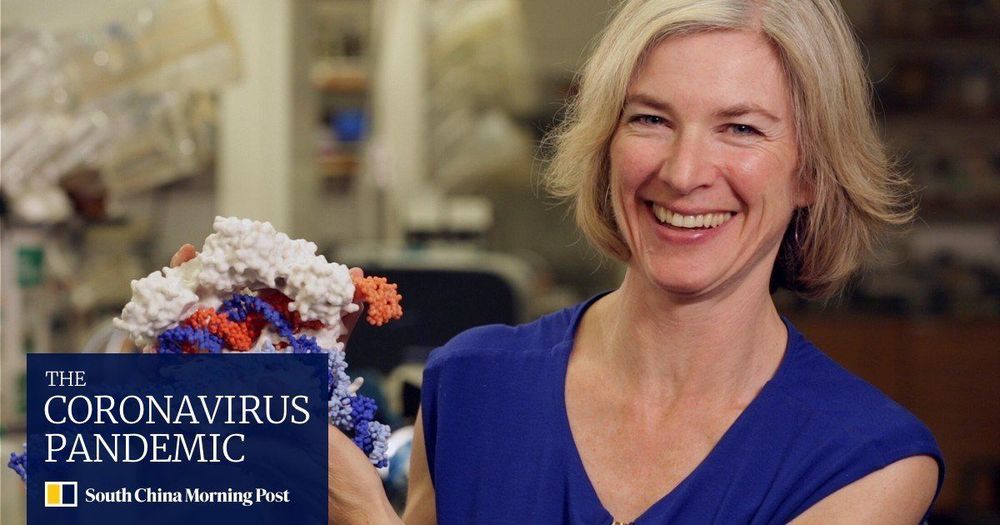


An online app called Amica is now using artificial intelligence to help separating couples make parenting arrangements and divide their assets.
For many people, the coronavirus pandemic has put even the strongest of relationships to the test. A May survey conducted by Relationships Australia found 42% of 739 respondents experienced a negative change in their relationship with their partner under lockdown restrictions.
There has also been a surge in the number of couples seeking separation advice. The Australian government has backed the use of Amica for those in such circumstances. The chatbot uses artificial intelligence (AI) to make suggestions for how splitting couples can divide their money and property based on their circumstances.
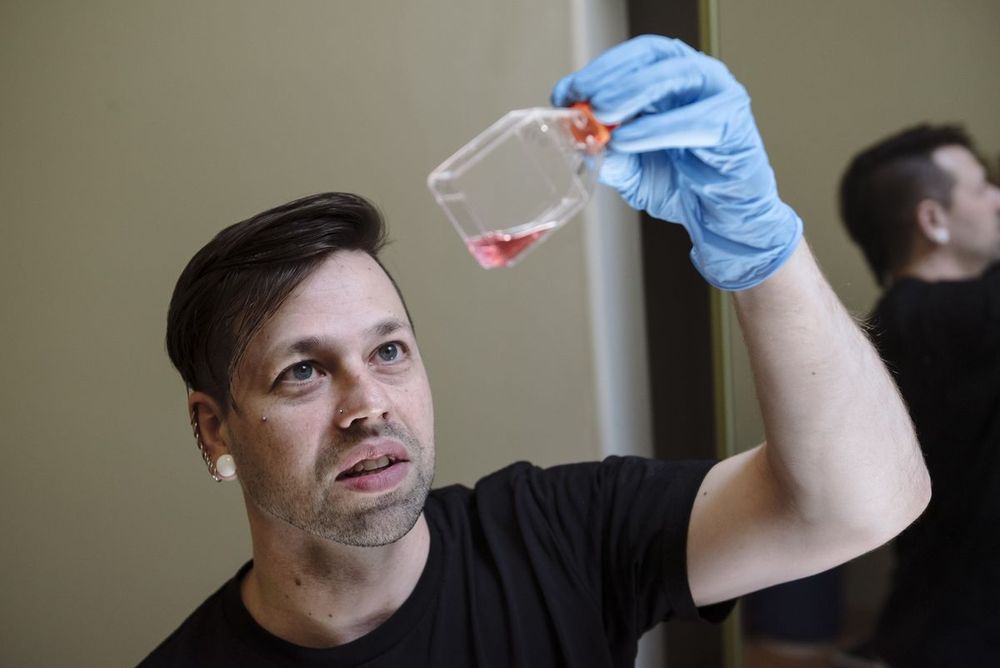
“Our DIY Covid-19 DNA vaccine showed neutralizing antibodies in all three individuals, Me, David Ishee Dariia Dantseva
That was exciting but our goal was to teach people how to test expression in human cells, perform ELISAs &c. and that was more important.
People wrongly think I am completely against the FDA. I’m not. They are good at what they do i.e. helping drug companies make money by making mass produced drugs that help the most amount of people and hurt the least amount of people.
The drug approval process is long and slow so people don’t get hurt. But in a pandemic, time equals lives lost and while they are moving fast on the FDA timescale it is slow on the human lives timescale.
Still there is so much more to drug development including individual outcomes that the FDA is terrible with.
If a drug can help me and only me there exists a huge gap.
We need to be open to medical doctors and scientists being involved in one off or risky treatments.


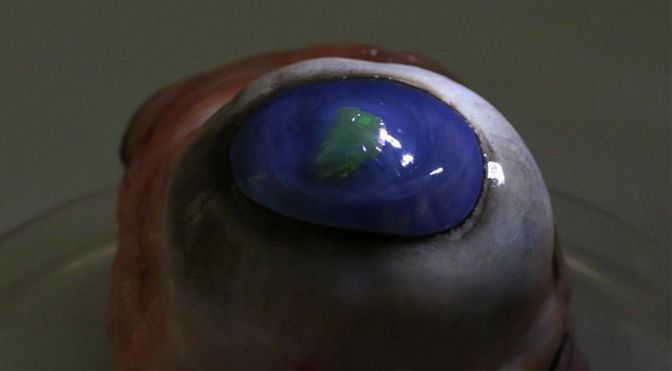
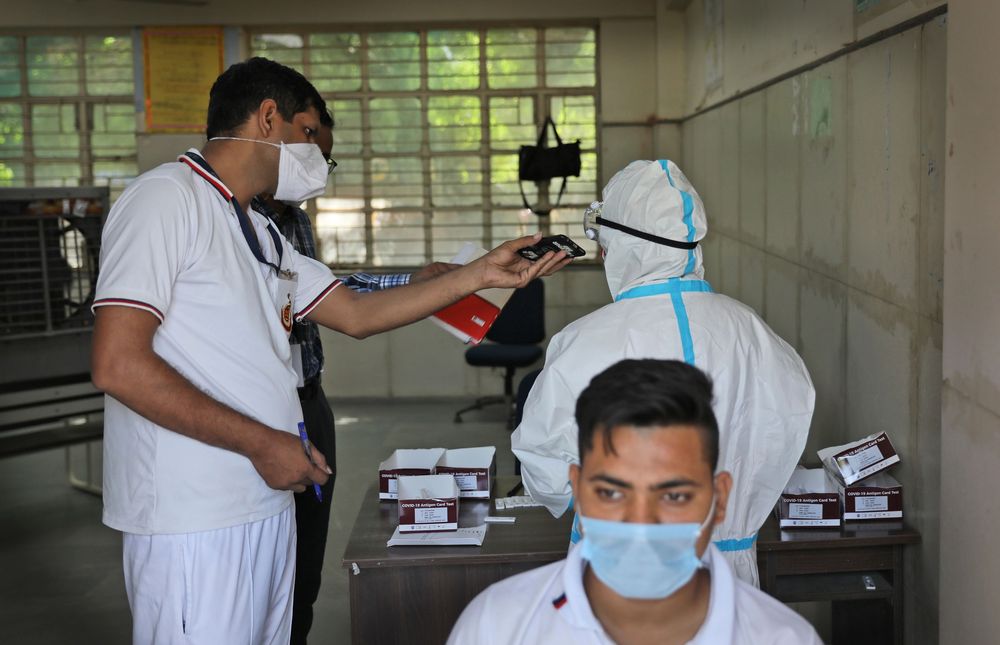
The world now has more than 36 million cases of the coronavirus.
According to figures compiled by Johns Hopkins University’s coronavirus tracking program, 36,166,574 people across the globe have been diagnosed with COVID-19, including more than 1 million deaths.
The United States leads in both categories with 7.5 million cases and nearly 212,000 deaths. India is a close second in the total number of cases with 6.8 million, while Brazil topped the 5 million mark Wednesday.
Circa 2018
Researchers inject tiny devices into the bloodstream to deliver drugs with precision.
#AI is creating new possibilities in #healthcare, elevating the quality of care providers can deliver and giving the gift of time back to physicians to connect with patients. Learn how NVIDIA AI solutions are advancing medicine https://nvda.ws/33EGX6m #IAMAI
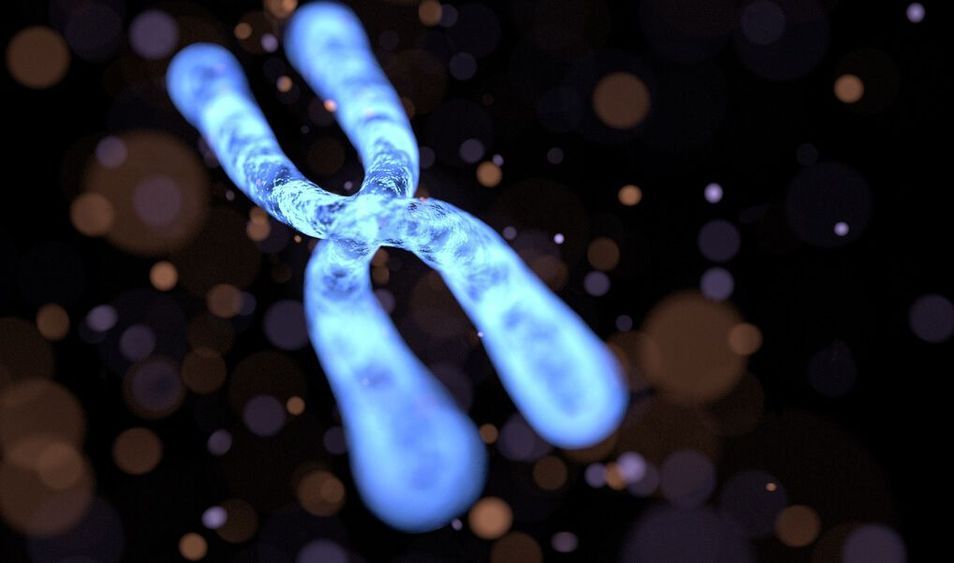
Scientist have sequenced the x chromosome.
The sequencing of the human genome was one of the greatest scientific feats of the past century, but it’s a little-known fact that it’s still a work in progress with considerable gaps. New research suggests we could be just months away from finally finishing the job.
Nearly two decades after the Human Genome Project released the first map of our DNA, there are still large sections that are a mystery to us. Scientists have been slowly filling in the gaps, but certain portions that feature repetitive sequences going on for millions of base pairs have long been seen as intractable.
That’s because most common gene sequencing technologies create short snippets of DNA that then have to be stitched together. When applied to these highly repetitive sections it becomes almost impossible to distinguish the pieces, so putting them back together in the right order is extremely difficult.